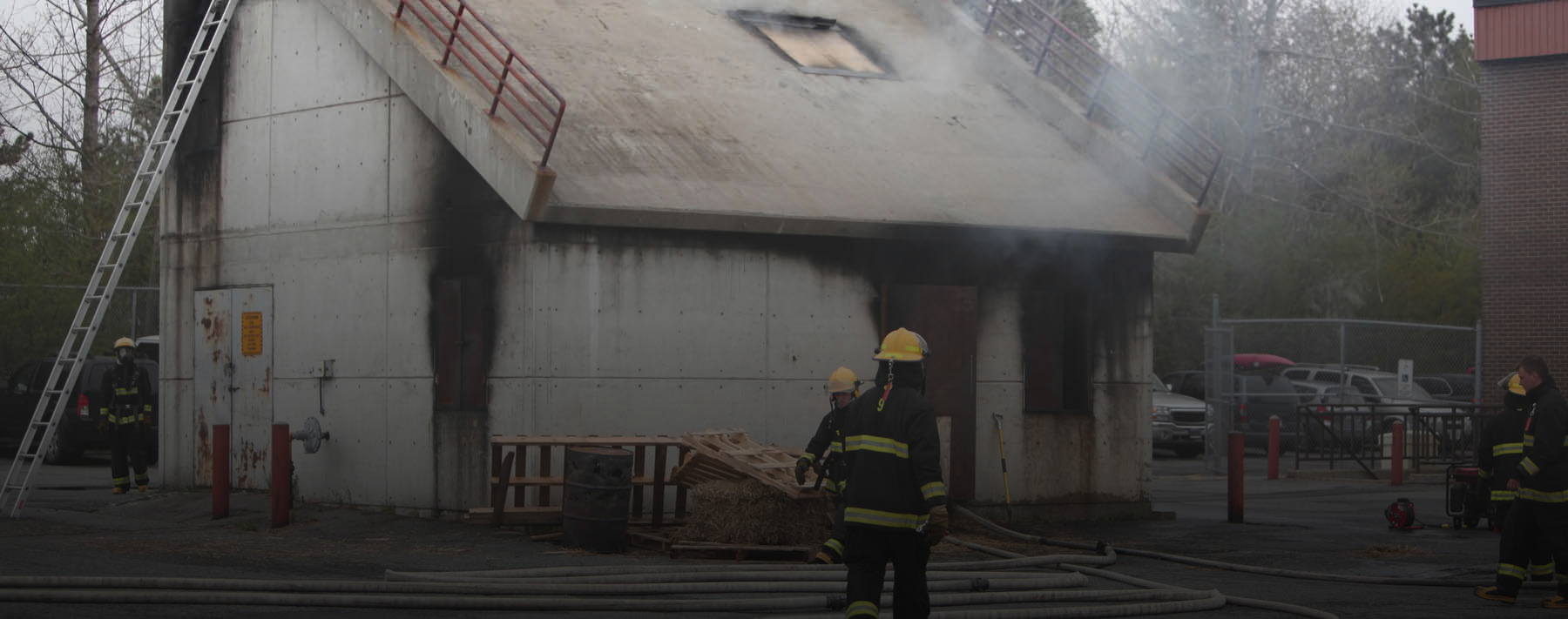Causes of Firefighter Knee Pain
Firefighters are at a higher risk osteoarthritis and knee problems because we perform a job that requires a lot of squatting and kneeling. We are constantly stepping on and off large vehicles, climbing stairs, assessing patients and carrying heavy gear. All these movements can create trauma and inflammation within the knee and can lead to more serious injuries like ACL/MCL and meniscus tears.
There are, however, other causes than just the job itself. Excess weight or being overweight increases stress on your knee joints, even during ordinary activities such as walking or going up and down stairs. It also puts you at increased risk of osteoarthritis by accelerating the breakdown of joint cartilage. And a lack of strength and flexibility can increase the risk of knee injuries. Strong muscles help to stabilize and protect your joints and muscle flexibility can help you achieve full range of motion.
Prevention
Although it is not always possible to prevent knee pain, the following suggestions and exercises may help alleviate it by strengthening the muscles around the knee and improving flexibility. First, it is important to keep extra pounds off. Maintaining a healthy weight is one of the best things you can do for your knees. Every extra pound puts additional strain on your joints, increasing the risk of injuries and osteoarthritis.
You also need to prepare your muscles for the demands of the job. A consistent fitness program and plan will not only help keep the weight off, it will also condition your muscles to better meet the physical demands we face. And, because weak muscles are a leading cause of knee injuries, you will benefit from building up your quadriceps and hamstrings, which support your knees. Tight muscles also can contribute to injury, so stretching is important.
Here are three great strengthening exercises and three stretches you can incorporate into your fitness plan to prevent firefighter knee pain.
Warm Up First
Before performing any stretches or strengthening exercise, you should warm up your target muscles. This can be a brisk, 2-minute walk while pumping your arms, or do a few wall push-ups followed by the same number of calf raises. Try to get the blood moving through your muscles; this will help you get more out of the exercises and stretches. I personally incorporate these strengthening exercises in each one of my workouts. And then make sure to finish with the stretches. You should try to perform these exercises at least three times per week.
The Glute Bridge
 One of the best ways to prevent knee pain is by strengthening the muscles that support the knee joint. Bridge and marching bridge exercises can help you strengthen the hamstring, quads and glute muscles.
One of the best ways to prevent knee pain is by strengthening the muscles that support the knee joint. Bridge and marching bridge exercises can help you strengthen the hamstring, quads and glute muscles.
Perform the bridge by lying on your back with knees bent. Keeping your abdominals tight, raise your hips and lower back from the floor. Hold this “bridge” position for 5 seconds before lowering your body down to the floor. Repeat the bridge 10–15 times, working up to two sets.
Wall Sits
 The wall sit is an isometric, quad- and glute-strengthening exercise. It is safer for the knees because the body is in a fixed position with added support from the wall.
The wall sit is an isometric, quad- and glute-strengthening exercise. It is safer for the knees because the body is in a fixed position with added support from the wall.
Stand with your back against a wall, your feet about shoulder-width apart. Slowly bend your knees and keep your back and pelvis against the wall. Hold for 20–40 seconds. Do not bend too deeply. If you feel pressure or discomfort in your knees, change your position. Repeat the exercise for three to five sets, working to hold the sit position a few seconds longer each time.



